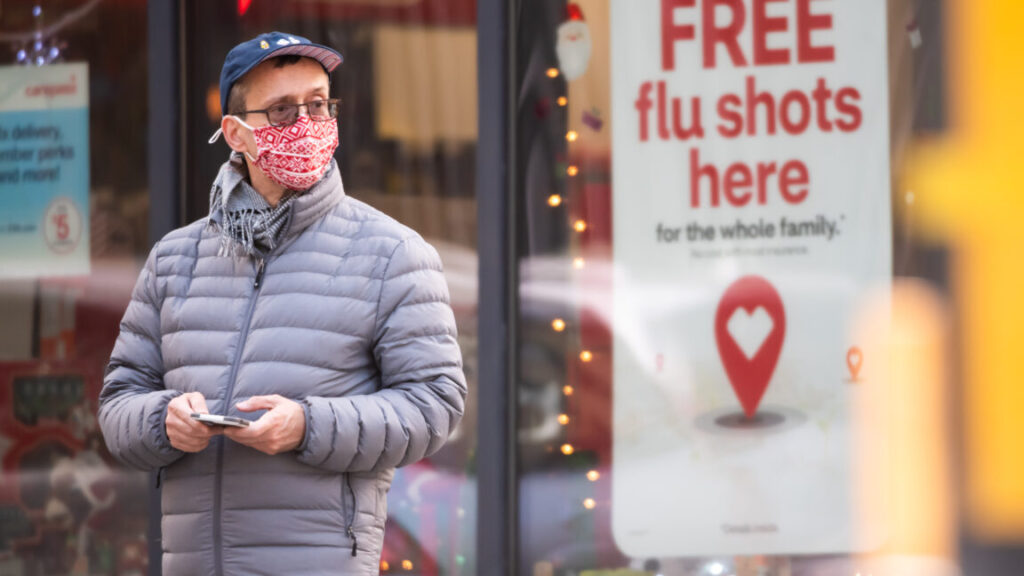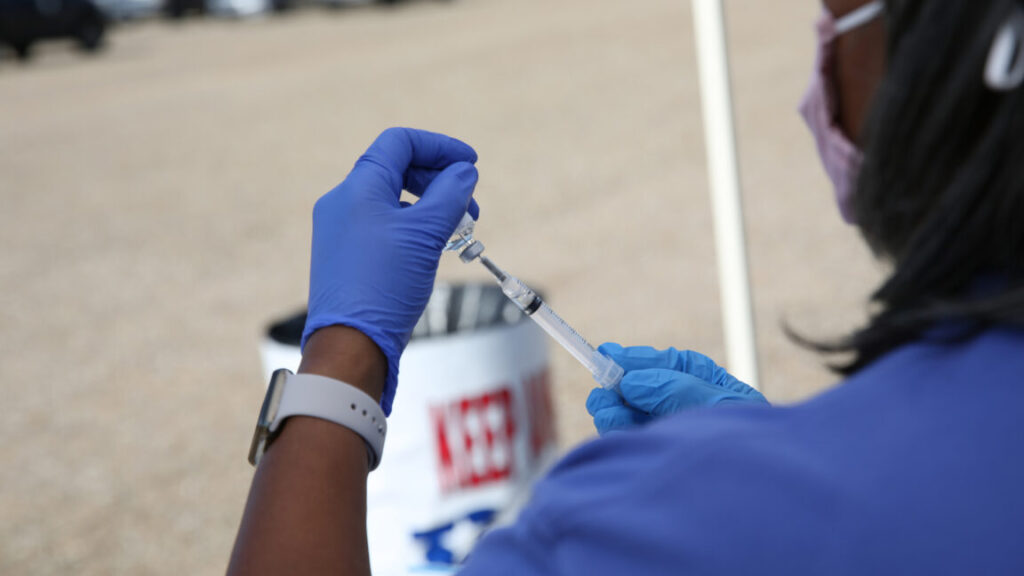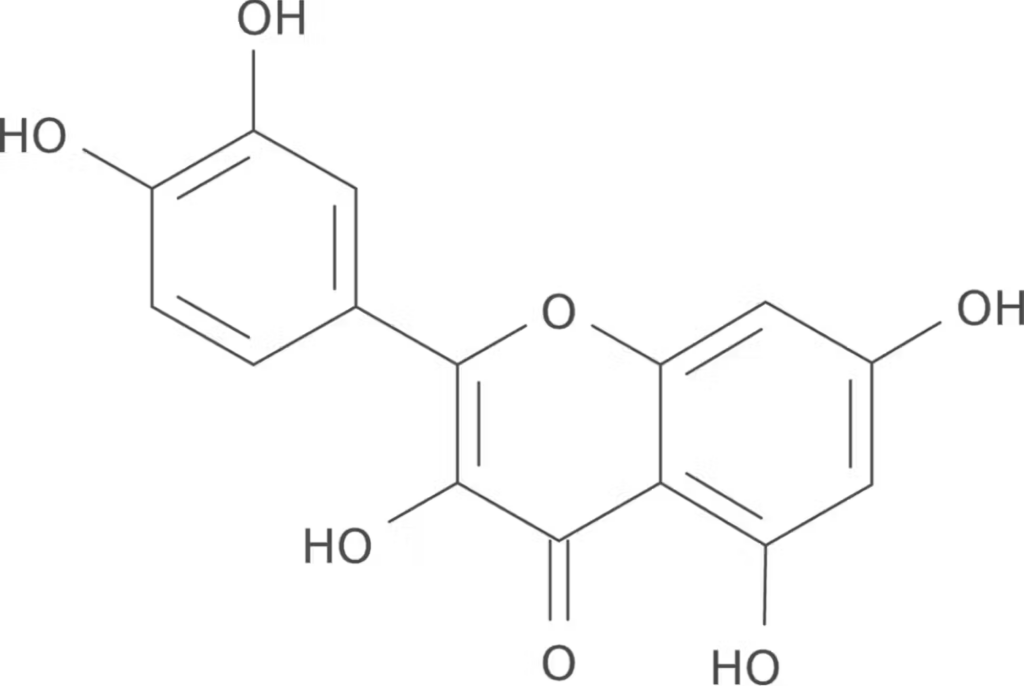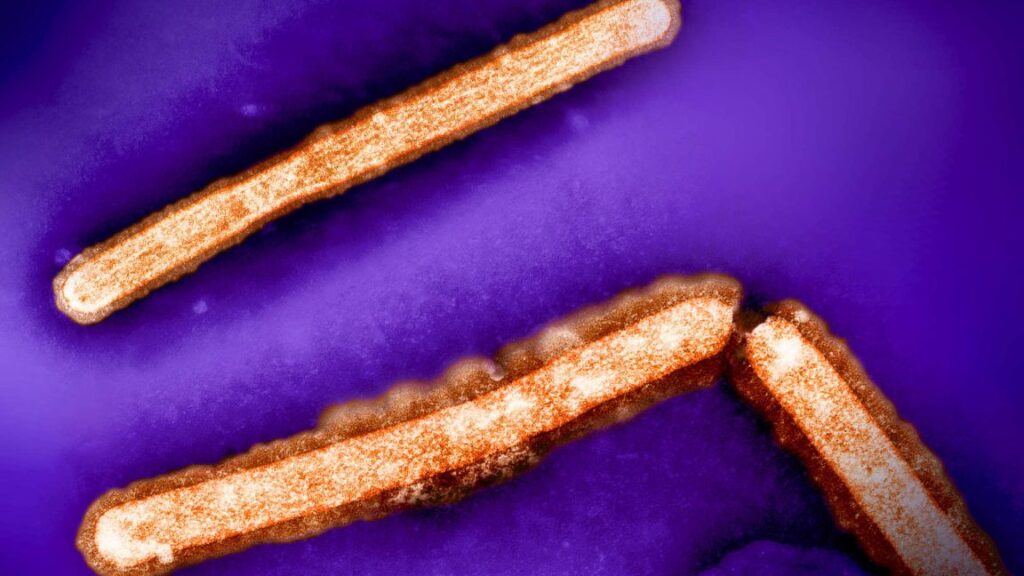Controversial fluoride analysis published after years of failed reviews
70 percent of studies included in the meta-analysis had a high risk of bias.
Federal toxicology researchers on Monday finally published a long-controversial analysis that claims to find a link between high levels of fluoride exposure and slightly lower IQs in children living in areas outside the US, mostly in China and India. As expected, it immediately drew yet more controversy.
The study, published in JAMA Pediatrics, is a meta-analysis, a type of study that combines data from many different studies—in this case, mostly low-quality studies—to come up with new results. None of the data included in the analysis is from the US, and the fluoride levels examined are at least double the level recommended for municipal water in the US. In some places in the world, fluoride is naturally present in water, such as parts of China, and can reach concentrations several-fold higher than fluoridated water in the US.
The authors of the analysis are researchers at the National Toxicology Program at the National Institute of Environmental Health Sciences. For context, this is the same federal research program that published a dubious analysis in 2016 suggesting that cell phones cause cancer in rats. The study underwent a suspicious peer-review process and contained questionable methods and statistics.
The new fluoride analysis shares similarities. NTP researchers have been working on the fluoride study since 2015 and submitted two drafts for peer review to an independent panel of experts at the National Academies of Sciences, Engineering, and Medicine in 2020 and 2021. The study failed its review both times. The National Academies’ reviews found fault with the methods and statistical rigor of the analysis. Specifically, the reviews noted potential bias in the selection of the studies included in the analysis, inconsistent application of risk-of-bias criteria, lack of data transparency, insufficient evaluations of potential confounding, and flawed measures of neurodevelopmental outcomes, among other problems.
After the failing reviews, the NTP selected its own reviewers and self-published the study as a monograph in August.
High risk of bias
The related analysis published Monday looked at data from 74 human studies, 45 of which were conducted in China and 12 in India. Of the 74, 52 were rated as having a high risk of bias, meaning they had designs, study methods, or statistical approaches that could skew the results.
The study’s primary meta-analysis only included 59 of the studies: 47 with a high risk of bias and 12 with a low risk. This analysis looked at standardized mean differences in children’s IQ between higher and lower fluoride exposure groups. Of the 59 studies, 41 were from China.
Among the 47 studies with a high risk of bias, the pooled difference in mean IQ scores between the higher-exposure groups and lower-exposure groups was -0.52, suggesting that higher fluoride exposure lowered IQs. But, among the 12 studies at low risk for bias, the difference was slight overall, only -0.19. And of those 12 studies, eight found no link between fluoride exposure and IQ at all.
Among 31 studies that reported fluoride levels in water, the NTP authors looked at possible IQ associations at three fluoride-level cutoffs: less than 4 mg/L, less than 2 mg/L, and less than 1.5 mg/L. Among all 31 studies, the researchers found that fluoride exposure levels of less than 4 mg/L and less than 2 mg/L were linked to statistically significant decreases in IQ. However, there was no statistically significant link at 1.5 mg/L. For context, 1.5 mg/L is a little over twice the level of fluoride recommended by the US Environmental Protection Agency for US community water, which is 0.7 mg/L. When the NTP authors looked at just the studies that had a low risk of bias—seven studies—they saw the same lack of association with the 1.5 mg/L cutoff.
The NTP authors also looked at IQ associations in 20 studies that reported urine fluoride levels and again split the analysis using the same fluoride cutoffs as before. While there did appear to be a link with lower IQ at the highest fluoride level, the two lower fluoride levels had borderline statistical significance. Ten of the 20 studies were assessed as having a low risk of bias, and for just those 10, the results were similar to the larger group.
Criticism
The inclusion of urinary fluoride measurements is sure to spark criticism. For years, experts have noted that these measurements are not standardized, can vary by day and time, and are not reflective of a person’s overall fluoride exposure.
In an editorial published alongside the NTP study today, Steven Levy, a public health dentist at the University of Iowa, blasted the new analysis, including the urinary sample measurements.
“There is scientific consensus that the urinary sample collection approaches used in almost all included studies (ie, spot urinary fluoride or a few 24-hour samples, many not adjusted for dilution) are not valid measures of individuals’ long-term fluoride exposure, since fluoride has a short half-life and there is substantial variation within days and from day to day,” Levy wrote.
Overall, Levy reiterated much of the same concerns from the National Academies’ reviews, noting the study’s lack of transparency, the reliance on highly biased studies, questionable statistics, and questionable exclusion of newer, higher-quality studies, which have found no link between water fluoridation and children’s IQ. For instance, one exclusion was a 2023 study out of Australia that found “Exposure to fluoridated water during the first 5 [years] of life was not associated with altered measures of child emotional and behavioral development and executive functioning.” A 2022 study out of Spain similarly found no risk of prenatal exposure.
“Taking these many important concerns together, readers are advised to be very cautious in drawing conclusions about possible associations of fluoride exposures with lower IQ,” Levy concluded. “This is especially true for lower water fluoride levels.”
Another controversial study
But, the debate on water fluoridation is unlikely to recede anytime soon. In a second editorial published alongside the NTP study, other researchers praised the analysis, calling for health organizations and regulators to reassess fluoridation.
“The absence of a statistically significant association of water fluoride less than 1.5 mg/L and children’s IQ scores in the dose-response meta-analysis does not exonerate fluoride as a potential risk for lower IQ scores at levels found in fluoridated communities,” the authors argue, noting there are additional sources of fluoride, such as toothpaste and foods.
The EPA estimates that 40 to 70 percent of people’s fluoride exposure comes from water.
Two of the three authors of the second editorial—Christine Till and Bruce Lanphear—were authors of a highly controversial 2019 study out of Canada suggesting that fluoride intake during pregnancy could reduce children’s IQ. The authors even suggested that pregnant people should reduce their fluoride intake. But, the study, also published in JAMA Pediatrics, only found a link between maternal fluoride levels and IQ in male children. There was no association in females.
The study drew heavy backlash, with blistering responses published in JAMA Pediatrics. In one response, UK researchers essentially accused Till and colleagues of a statistical fishing expedition to find a link.
“[T]here was no significant IQ difference between children from fluoridated and nonfluoridated communities and no overall association with maternal urinary fluoride (MUFSG). The authors did not mention this and instead emphasized the significant sex interaction, where the association appeared for boys but not girls. No theoretical rationale for this test was provided; in the absence of a study preregistration, we cannot know whether it was planned a priori. If not, the false-positive probability increases because there are many potential subgroups that might show the result by chance.”
Other researchers criticized the study’s statistics, lack of data transparency, the use of maternal urine sampling, and the test they used to assess the IQ of children ages 3 and 4.
Beth is Ars Technica’s Senior Health Reporter. Beth has a Ph.D. in microbiology from the University of North Carolina at Chapel Hill and attended the Science Communication program at the University of California, Santa Cruz. She specializes in covering infectious diseases, public health, and microbes.
Controversial fluoride analysis published after years of failed reviews Read More »















